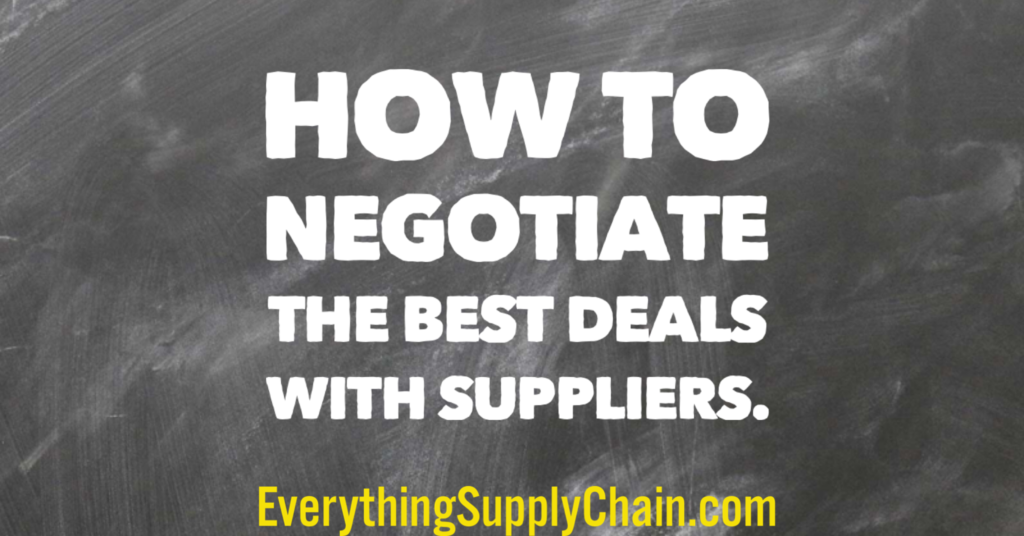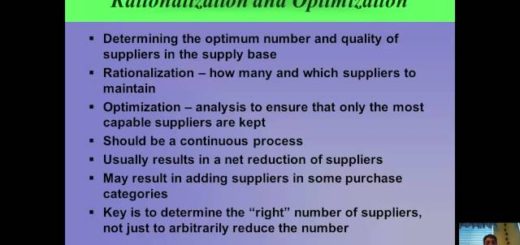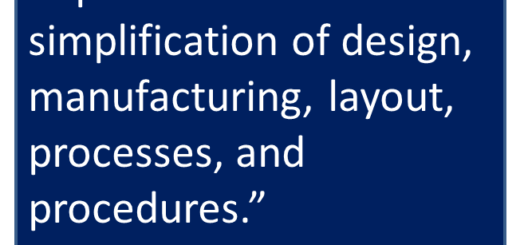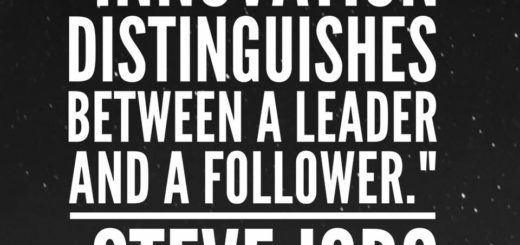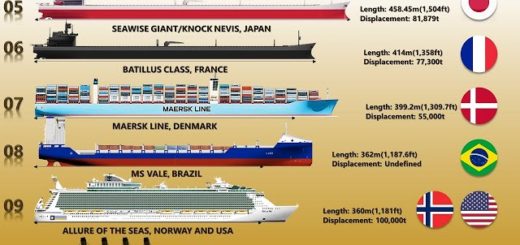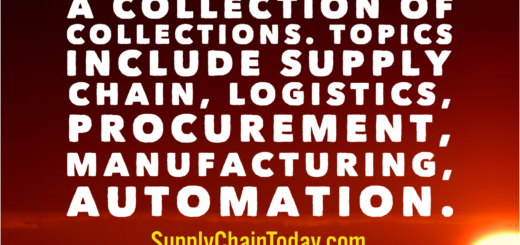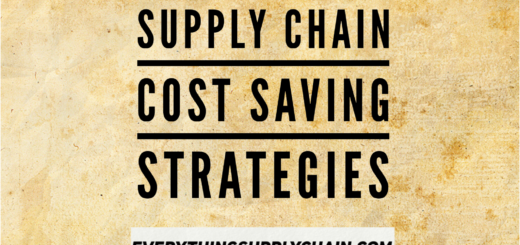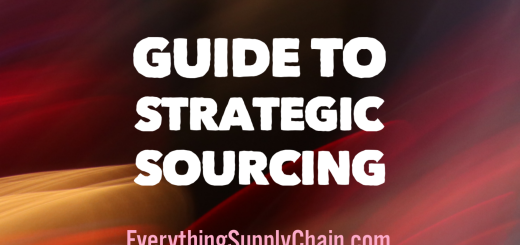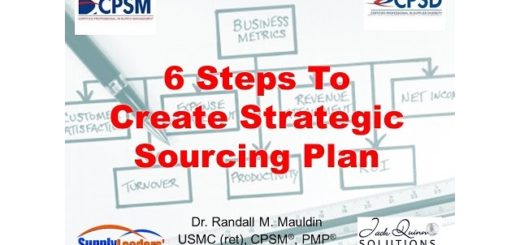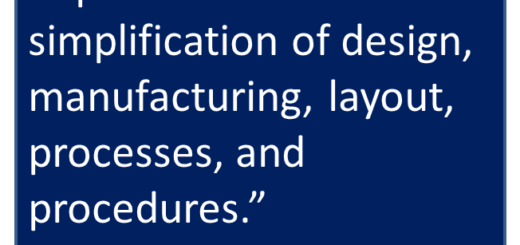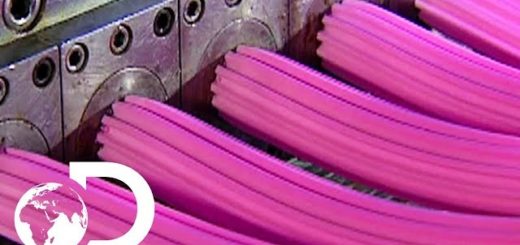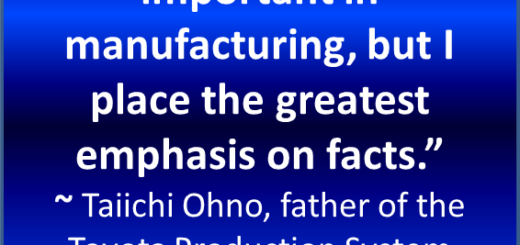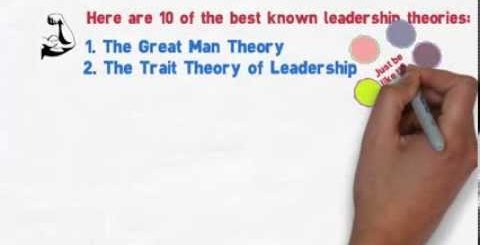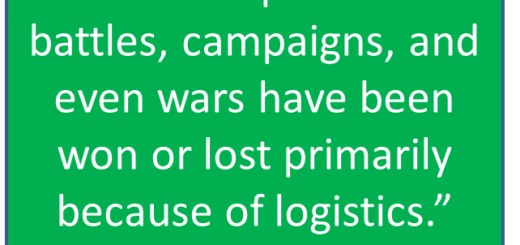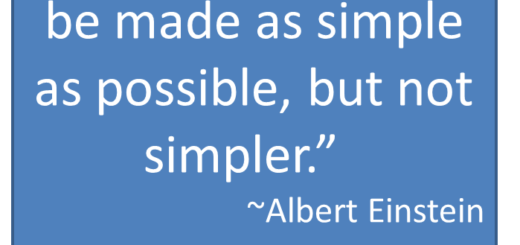Your Guide to Procurement!
Introduction
Welcome to Your Guide to Procurement! This guide is designed to provide you with an overview of the procurement process and the various steps involved. We will cover topics such as the different types of procurement, the importance of procurement planning, and the various tools and techniques used in the procurement process. We will also discuss the benefits of using a procurement system and the different types of contracts used in procurement. Finally, we will provide you with tips and best practices for successful procurement. Whether you are a beginner or an experienced professional, this guide will provide you with the information you need to understand and manage the procurement process.
How to Develop a Strategic Procurement Plan
Developing a strategic procurement plan is an important step in ensuring that an organization is able to acquire the goods and services it needs in an efficient and cost-effective manner. A strategic procurement plan outlines the organization’s goals and objectives for procurement, as well as the strategies and processes that will be used to achieve those goals.
The first step in developing a strategic procurement plan is to identify the organization’s procurement goals and objectives. These should be specific, measurable, and achievable. For example, an organization may have a goal of reducing procurement costs by 10% over the next year.
Once the goals and objectives have been identified, the next step is to develop a strategy for achieving them. This should include an analysis of the organization’s current procurement processes and procedures, as well as an assessment of potential areas for improvement. The strategy should also include a plan for implementing any changes that are identified.
The third step in developing a strategic procurement plan is to develop a set of policies and procedures that will be used to guide the organization’s procurement activities. These policies and procedures should be tailored to the organization’s specific needs and should be regularly reviewed and updated as needed.
Finally, the organization should develop a system for monitoring and evaluating the effectiveness of its procurement activities. This should include regular reviews of the organization’s procurement performance, as well as an assessment of the effectiveness of the strategies and processes that have been implemented.
By following these steps, organizations can ensure that their procurement activities are conducted in an efficient and cost-effective manner. A strategic procurement plan can help organizations achieve their goals and objectives, while also ensuring that they are able to acquire the goods and services they need in a timely and cost-effective manner.
The Benefits of Automating Your Procurement Process
Automating your procurement process can provide a number of benefits to your organization. By streamlining the process, you can reduce costs, improve efficiency, and increase accuracy. Here are some of the key benefits of automating your procurement process:
1. Cost Savings: Automating your procurement process can help you reduce costs associated with manual processes. Automation eliminates the need for manual data entry, which can save time and money. Additionally, automated processes can help you reduce the cost of purchasing materials and services by providing more accurate pricing information.
2. Improved Efficiency: Automating your procurement process can help you streamline the process and reduce the amount of time it takes to complete tasks. Automation can also help you reduce the number of errors that occur during the process, which can help you save time and money.
3. Increased Accuracy: Automating your procurement process can help you ensure that all data is accurate and up-to-date. Automation can also help you reduce the risk of human error, which can lead to costly mistakes.
4. Improved Visibility: Automating your procurement process can help you gain better visibility into the process. Automation can provide you with real-time data and insights into the process, which can help you make better decisions and improve efficiency.
Overall, automating your procurement process can provide a number of benefits to your organization. By streamlining the process, you can reduce costs, improve efficiency, and increase accuracy. Automation can also help you gain better visibility into the process, which can help you make better decisions and improve efficiency.
Understanding the Different Types of Procurement Contracts
Procurement contracts are agreements between two or more parties that outline the terms and conditions of a purchase. They are used to ensure that all parties involved in the transaction understand the expectations and responsibilities of each party. There are several different types of procurement contracts, each with its own unique features and benefits.
Fixed-Price Contracts: Fixed-price contracts are the most common type of procurement contract. They are used when the buyer and seller agree on a set price for the goods or services being purchased. The buyer is responsible for paying the agreed-upon price regardless of any changes in the cost of the goods or services. This type of contract is beneficial for buyers because it eliminates the risk of cost overruns.
Time and Material Contracts: Time and material contracts are used when the buyer and seller agree on a rate for the goods or services being purchased, but the total cost is not known in advance. This type of contract is beneficial for buyers because it allows them to pay only for the work that is actually completed. It is also beneficial for sellers because they can charge for any additional work that is required.
Cost-Plus Contracts: Cost-plus contracts are used when the buyer and seller agree on a rate for the goods or services being purchased, but the total cost is not known in advance. The buyer pays the seller a fixed fee plus any additional costs that are incurred during the project. This type of contract is beneficial for buyers because it allows them to pay only for the work that is actually completed.
Lump-Sum Contracts: Lump-sum contracts are used when the buyer and seller agree on a set price for the goods or services being purchased. The buyer pays the seller a single, fixed fee for the entire project. This type of contract is beneficial for buyers because it eliminates the risk of cost overruns.
Indefinite Delivery Contracts: Indefinite delivery contracts are used when the buyer and seller agree on a rate for the goods or services being purchased, but the total cost is not known in advance. The buyer pays the seller a fixed fee plus any additional costs that are incurred during the project. This type of contract is beneficial for buyers because it allows them to pay only for the work that is actually completed.
These are the five most common types of procurement contracts. Each type of contract has its own unique features and benefits, so it is important to understand the differences between them before entering into an agreement. By understanding the different types of procurement contracts, buyers and sellers can ensure that their transactions are conducted in a fair and efficient manner.
How to Negotiate the Best Deals with Suppliers
Negotiating the best deals with suppliers is an important part of running a successful business. It can help you save money, increase profits, and ensure that you have the resources you need to meet customer demands. Here are some tips for negotiating the best deals with suppliers:
1. Research the Market: Before you start negotiating, it’s important to research the market and understand the current prices for the products or services you’re looking for. This will give you a better understanding of what’s available and what you should be aiming for.
2. Know Your Needs: It’s important to know exactly what you need from a supplier before you start negotiating. This will help you focus on the most important aspects of the deal and ensure that you get the best value for your money.
3. Be Flexible: Negotiations are all about compromise, so it’s important to be flexible and willing to make concessions. This will help you reach an agreement that works for both parties.
4. Be Prepared: Before you start negotiating, make sure you’re prepared. Have all the information you need to make an informed decision and be ready to answer any questions the supplier may have.
5. Negotiate in Person: Whenever possible, try to negotiate in person. This will give you the opportunity to build a relationship with the supplier and make it easier to reach an agreement.
By following these tips, you can ensure that you get the best deals with suppliers and maximize your profits. Good luck!
The Role of Technology in Streamlining Your Procurement Process
Technology has revolutionized the way businesses manage their procurement processes. By streamlining the process, companies can save time and money, while also improving accuracy and efficiency. Here, we will discuss the role of technology in streamlining the procurement process.
One of the most important ways technology can streamline the procurement process is by automating manual tasks. Automation can help reduce the amount of time spent on mundane tasks such as data entry, invoice processing, and order tracking. Automation also helps to reduce errors and improve accuracy.
Technology can also help to streamline the procurement process by providing better visibility into the process. With the right technology, companies can track orders, monitor inventory levels, and analyze data to identify trends and opportunities. This visibility can help to ensure that the right products are ordered at the right time and in the right quantities.
Technology can also help to streamline the procurement process by providing better communication between buyers and suppliers. With the right technology, buyers and suppliers can easily communicate with each other, reducing the time it takes to negotiate contracts and place orders.
Finally, technology can help to streamline the procurement process by providing better security. With the right technology, companies can ensure that their data is secure and that their transactions are compliant with industry regulations.
In conclusion, technology can play a key role in streamlining the procurement process. By automating manual tasks, providing better visibility into the process, improving communication between buyers and suppliers, and providing better security, technology can help companies save time and money while also improving accuracy and efficiency.
Conclusion
The Guide to Procurement provides a comprehensive overview of the procurement process, from the initial planning stages to the final delivery of goods and services. It is an invaluable resource for anyone involved in the procurement process, from the procurement manager to the supplier. With its clear and concise explanations, this guide is an essential tool for anyone looking to understand the complexities of the procurement process.
Procurement and Negotiation Resources
- 7 Tips for Successful Supplier Relationship Management.
- Getting to Yes – Negotiation Skills
- Harvard Business School: What Shows Like ‘The Office’ and ‘Friends’ Can Teach Us About Negotiation.
- Harvard Principles of Negotiation.
- How To Get What You Want Every Time: ex FBI agent Chris Voss.
- Margaret Neale: Negotiation – Getting What You Want. Get a good deal.
- Negotiation Skills Top 10 Tips.
- Procurement Management | Types of procurement.
- Procurement Quotes by Top Minds.
- Science Of Persuasion – Good Negotiation Skill. Over 6.5 million views.
- Supplier Management and Procurement Resources
- The Founder – McDonald’s: How to Close a Deal in an Afternoon.
- The Purchasing Process
